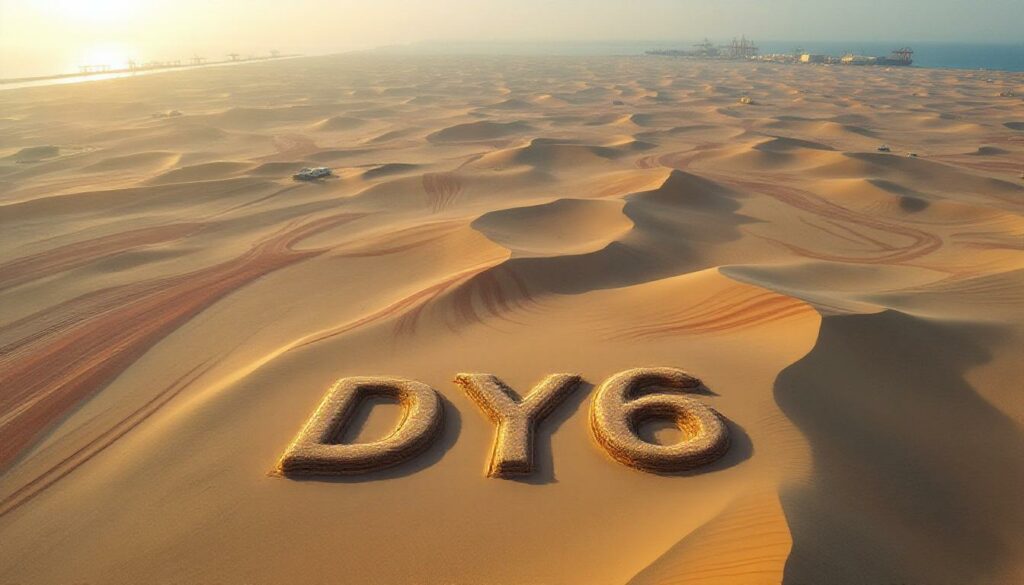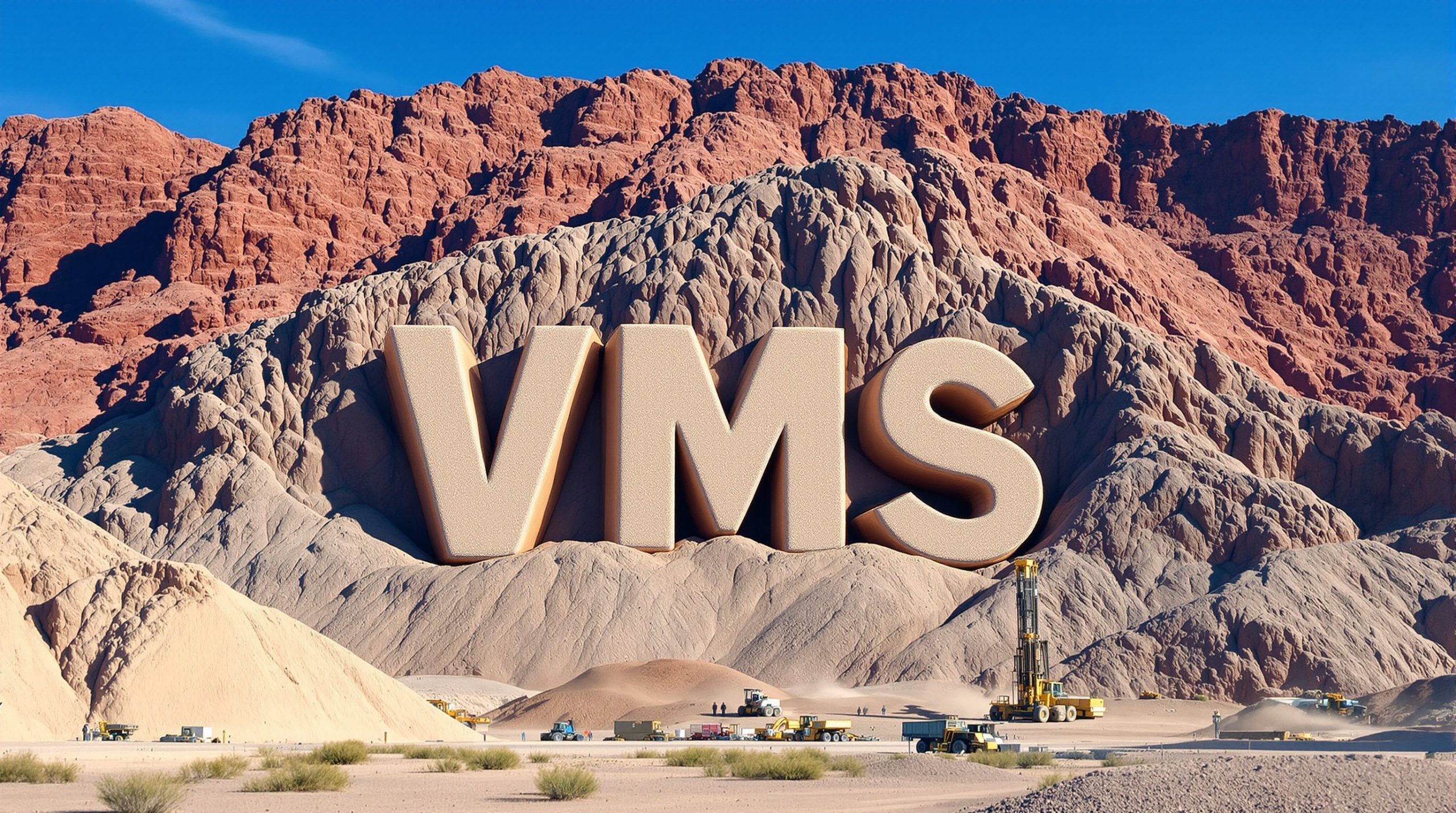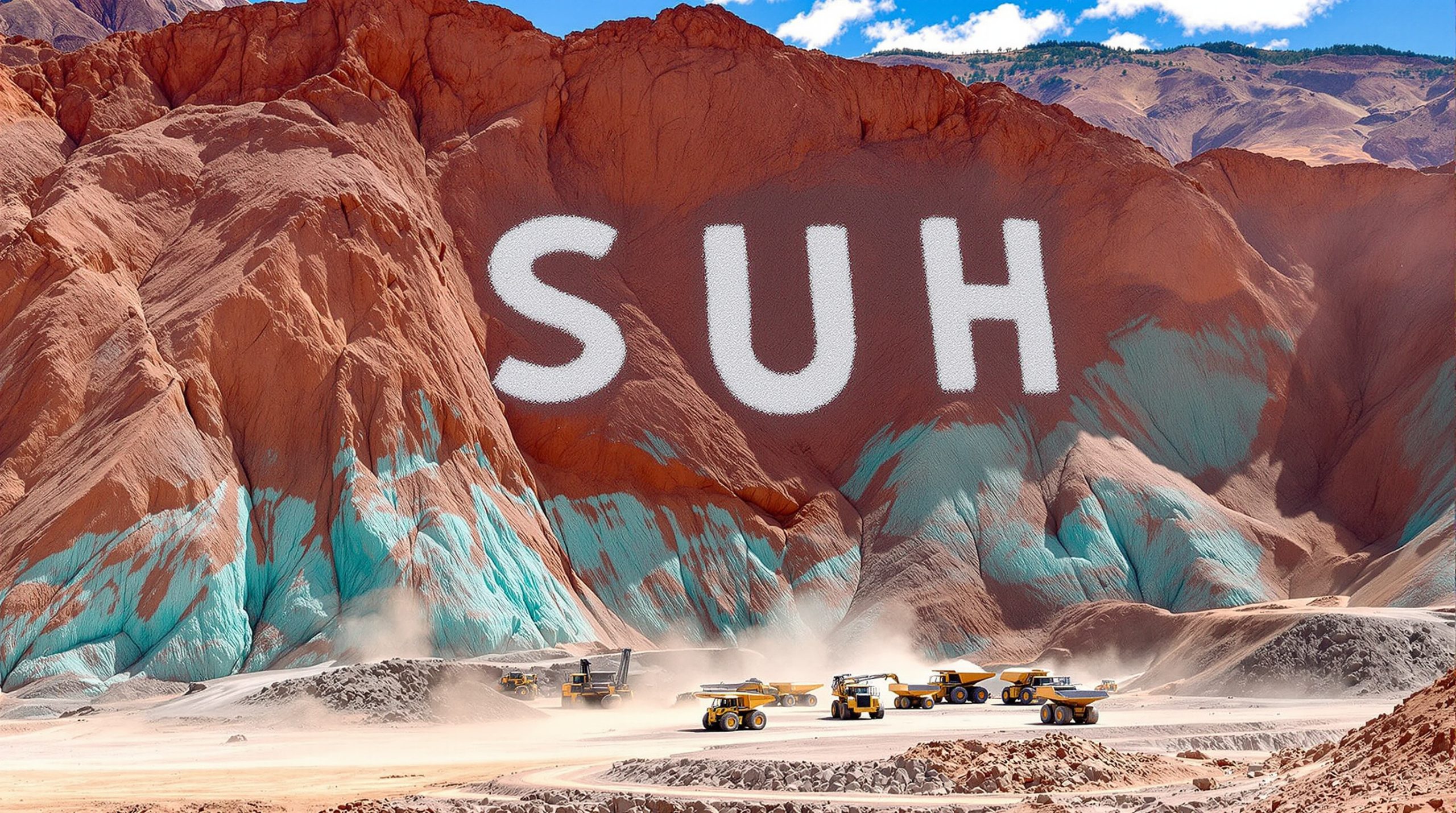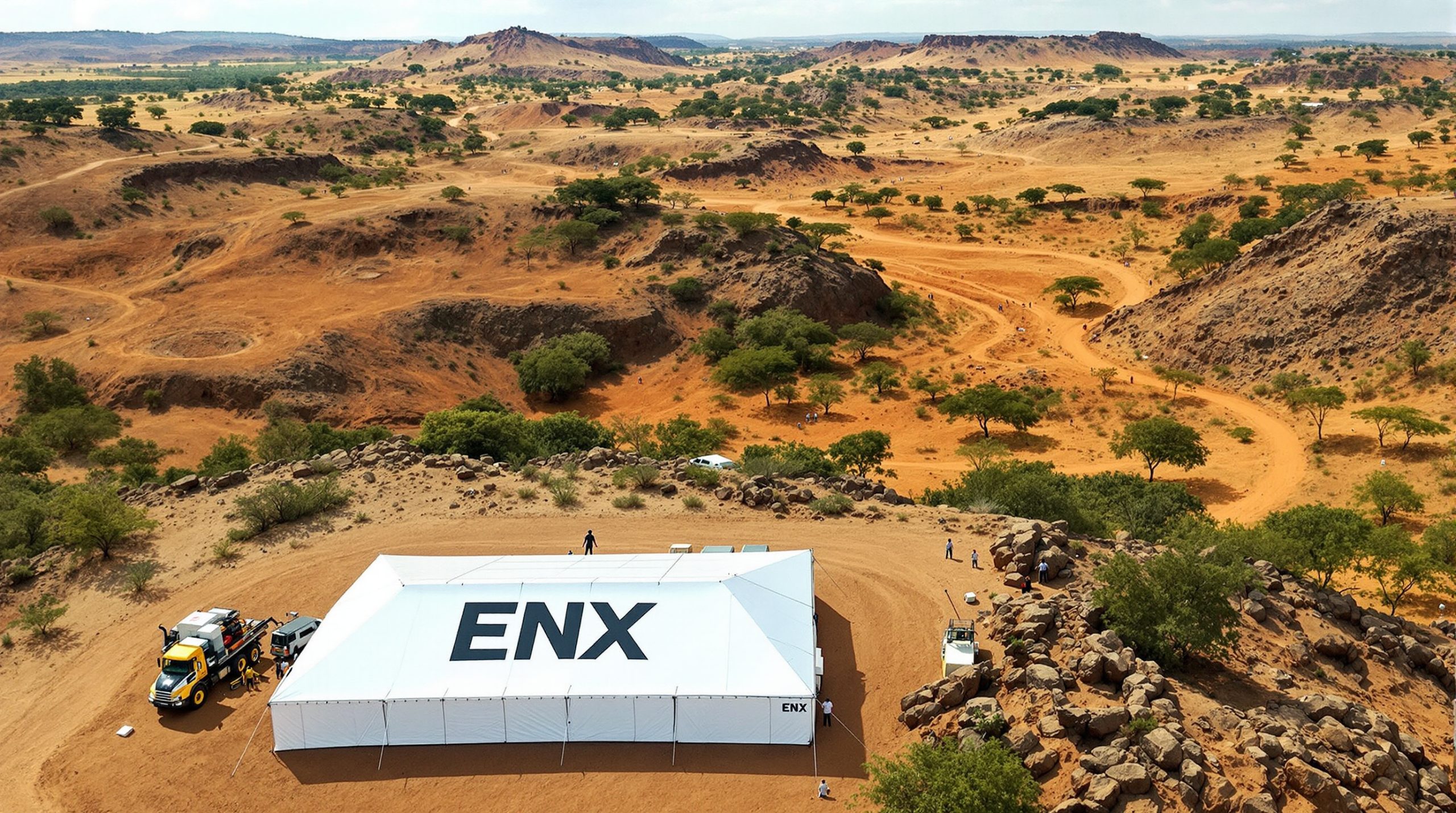DY6 Metals Uncovers Thick Zones of Heavy Mineral Deposits in Cameroon
DY6 Metals (ASX:DY6) has announced promising results from its reconnaissance exploration program at the Douala Basin HMS (Heavy Mineral Sands) Project in Cameroon, revealing significant visual indicators of high-grade heavy mineral concentrations and natural rutile discovery across all six tenements.
Initial Reconnaissance Program Yields Promising Results
The recently completed reconnaissance program, consisting of hand auger and channel sampling, has successfully identified thick zones with high estimated concentrations of heavy minerals (HM) across the entire project area. Most notably, the program revealed:
- 12 hand auger drill holes yielding 53 samples with visual HM estimates ranging from 2-6% concentration
- 11 channel sample locations producing 38 samples with similar encouraging visual indicators
- Natural rutile grains observed in panned concentrates at multiple locations
- Visible HM concentrations up to 5-6% in several locations
Field observations suggest the presence of significant HM mineralisation within coastal dune deposits, with some samples showing visible rutile grains of 1-5mm in size within a sandy quartz matrix.
"While the Company's primary focus is on the Central Rutile Project, where we have recently reported the presence of wide-spread residual natural rutile mineralisation, we believe that the Douala Basin HMS project has significant potential," said Technical Consultant Cliff Fitzhenry. "The reconnaissance programme has over the last few weeks demonstrated the potential of the area, with the identification of high concentrations of visible heavy mineral sands across the project tenements."
| Location | Maximum Visual HM Estimate | Notable Features |
|---|---|---|
| Mbanga | 5-6% | Visible 1-5mm rutile grains |
| Diwong | 5-6% | Fine to medium grained HM |
| Maleke | 5-6% | Highly disseminated & visible <2mm rutile grains |
| Edea-Sud | 3-4% | Fine grained & disseminated |
Note: The company cautions that visual observations are not a substitute for laboratory analysis.
Understanding Heavy Mineral Sands: An Investor's Guide
Heavy mineral sands (HMS) deposits represent an important source of titanium minerals (ilmenite, rutile) and zircon, which are critical for various industrial applications. These deposits form when heavy minerals are concentrated through natural processes, primarily along coastlines where wave action and wind separate heavier minerals from lighter sand particles.
Rutile, one of the minerals observed in DY6's samples, is particularly valuable as it contains approximately 95% titanium dioxide and is a premium feedstock for titanium metal and pigment production. The global market for titanium dioxide exceeds $15 billion annually, with applications spanning paint, plastics, paper, and sunscreen.
What makes HMS deposits attractive from an investment perspective:
- Relatively low-cost mining – often using dredging or dry mining techniques
- Long mine life – typically 15-30+ years
- Multiple revenue streams from different mineral products
- Growing demand for titanium and zircon in high-tech and industrial applications
The visual identification of rutile is significant as it represents one of the highest-value components in HMS deposits. The DY6 Metals heavy mineral sands discovery contains visual indicators of rutile at multiple locations, which could significantly enhance the economic potential of the project. In Australia, other companies have also reported high-grade heavy mineral sands findings, indicating a growing interest in this sector globally.
Strategic Project Location and Historical Context
The Douala Basin HMS Project comprises six tenements covering 2,580 km² along Cameroon's coast, all located within 50km of the deep-water port city of Douala – a significant logistical advantage for any future development.
The project area has previously attracted the attention of major mining companies, with French multinational Eramet conducting extensive exploration on the Diwong license (formerly known as the Missole Project). Eramet's work included:
- 60 sonic drill holes totaling 1,080 meters
- 39 hand auger holes for 190 meters
- Confirmation of rutile and zircon presence within the valuable heavy mineral assemblage
Eramet's decision to exit the project was reportedly related to corporate strategy rather than the quality of the mineralisation, creating an opportunity for DY6 to acquire and advance these promising assets.
The geological setting features thick preserved sequences of sandy material believed to represent palaeo-placer coastline dune deposits – classic environments for aeolian placer HMS deposits hosting valuable minerals.
Next Steps and Timeline
With the initial reconnaissance program completed, DY6 is now preparing to advance the project through:
- Laboratory analysis of collected samples, with results expected in the September quarter (August 2025)
- Transition to detailed auger drilling campaign to further define heavy mineral zones
- Continued exploration to assess the full potential across all six tenements
The company's dual-project strategy in Cameroon, focusing on both the Central Rutile Project and the Douala Basin HMS Project, provides shareholders with exposure to multiple potential high-value mineral discoveries. Furthermore, the company is taking a strategic approach similar to those seen in gold exploration projects where systematic exploration builds value incrementally.
The DY6 Metals heavy mineral sands discovery represents an early-stage but promising opportunity in the mineral sands sector. While still in the reconnaissance phase, the consistent visual indicators of high-grade heavy minerals across multiple tenements suggest potential for a significant mineral resource.
Why Investors Should Follow DY6 Metals
DY6 Metals has positioned itself strategically in the heavy mineral sands space with several compelling advantages:
- Promising early indicators of high-concentration heavy mineral deposits across multiple tenements
- Strategic location near deep-water port infrastructure, reducing potential development costs
- Building on previous work by major mining companies, leveraging existing knowledge
- Exposure to high-value minerals including rutile, which commands premium pricing in global markets
- Experienced technical team with specific expertise in mineral sands exploration and development
The identification of thick zones of heavy mineral sands with visible rutile represents an encouraging early stage for the Douala Basin project. While laboratory analysis will be critical to confirming grades and mineral assemblages, the visual indicators suggest DY6 may have secured a significant mineral sands opportunity in a favorable jurisdiction with established export infrastructure.
As results from laboratory analysis become available in the coming months, investors will gain greater clarity on the potential scale and economic significance of the DY6 Metals heavy mineral sands discovery. The company's strategic approach to developing multiple mineral projects in Cameroon positions it well to capitalize on growing demand for titanium minerals and other heavy mineral sands products. Additionally, with increasing interest in rare earth discoveries and companies conducting strategic reviews of assets, DY6 Metals represents an interesting addition to the mineral exploration landscape.
Interested in Investing in the Next Major Mineral Discovery?
Discover why historic mineral finds can generate substantial returns by exploring Discovery Alert's dedicated discoveries page, where their proprietary Discovery IQ model turns complex mining data into actionable investment insights, giving you an immediate advantage in the ASX market.




